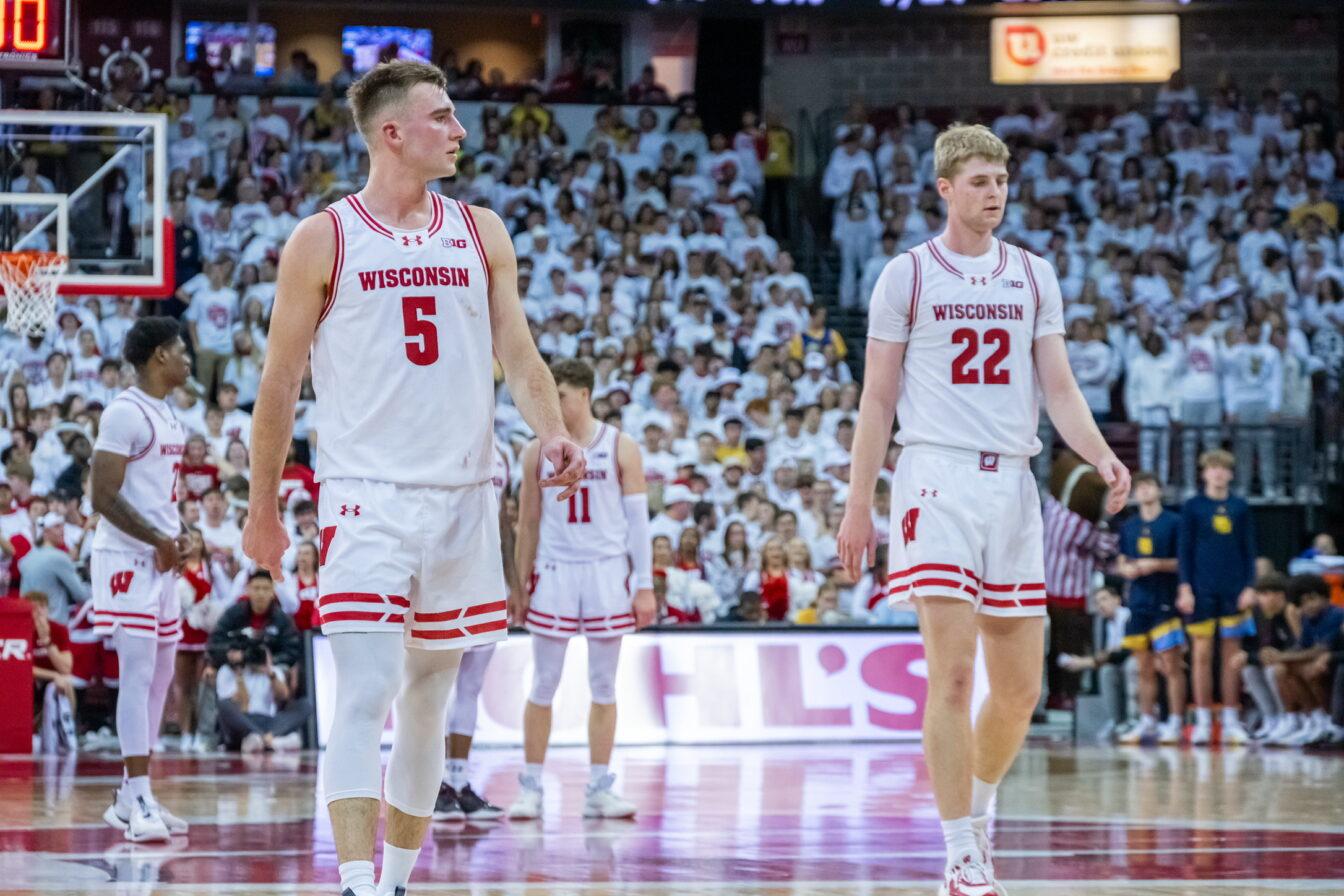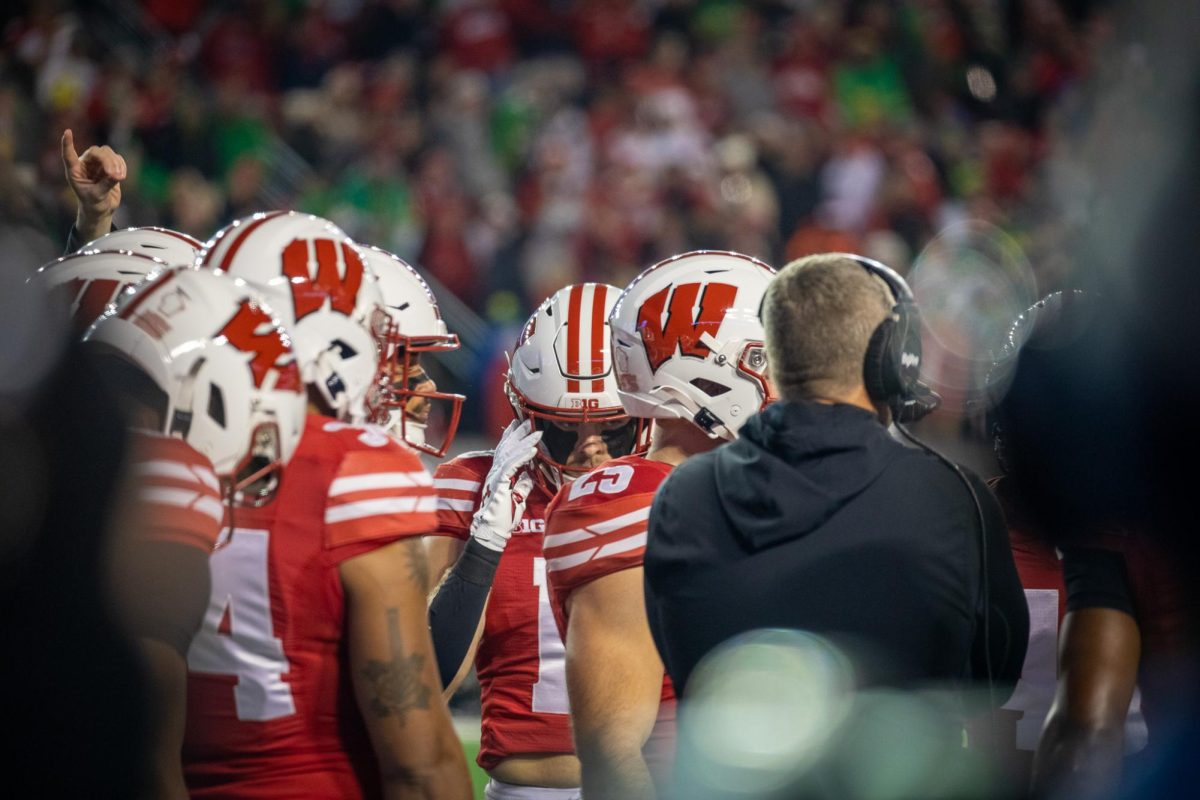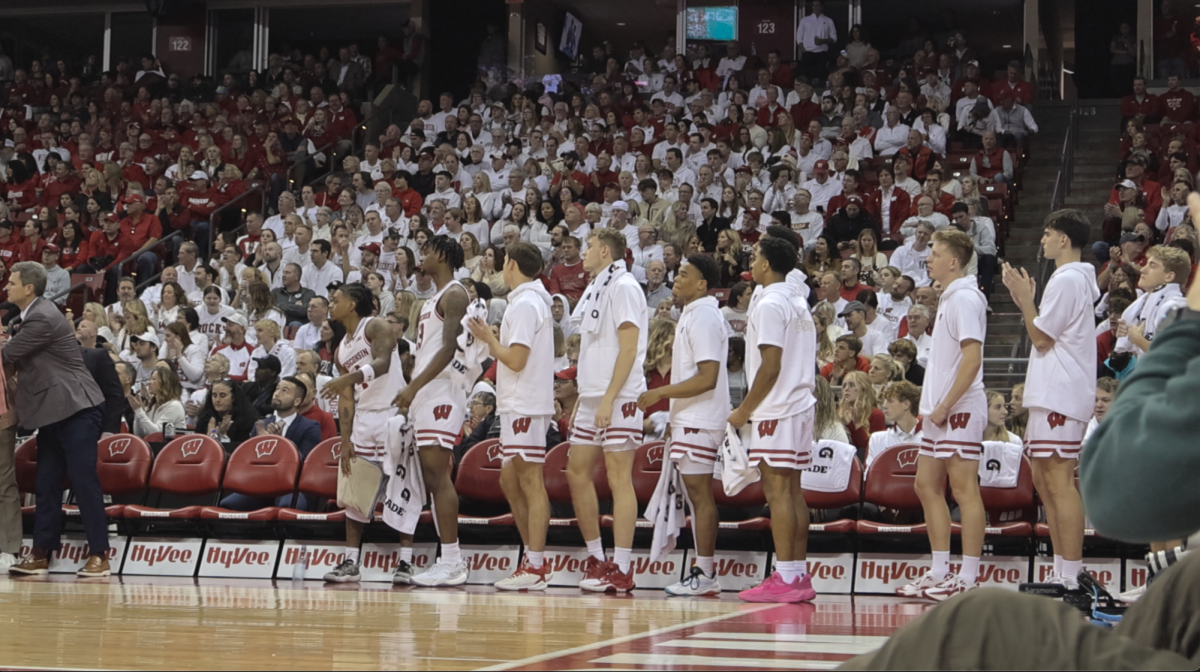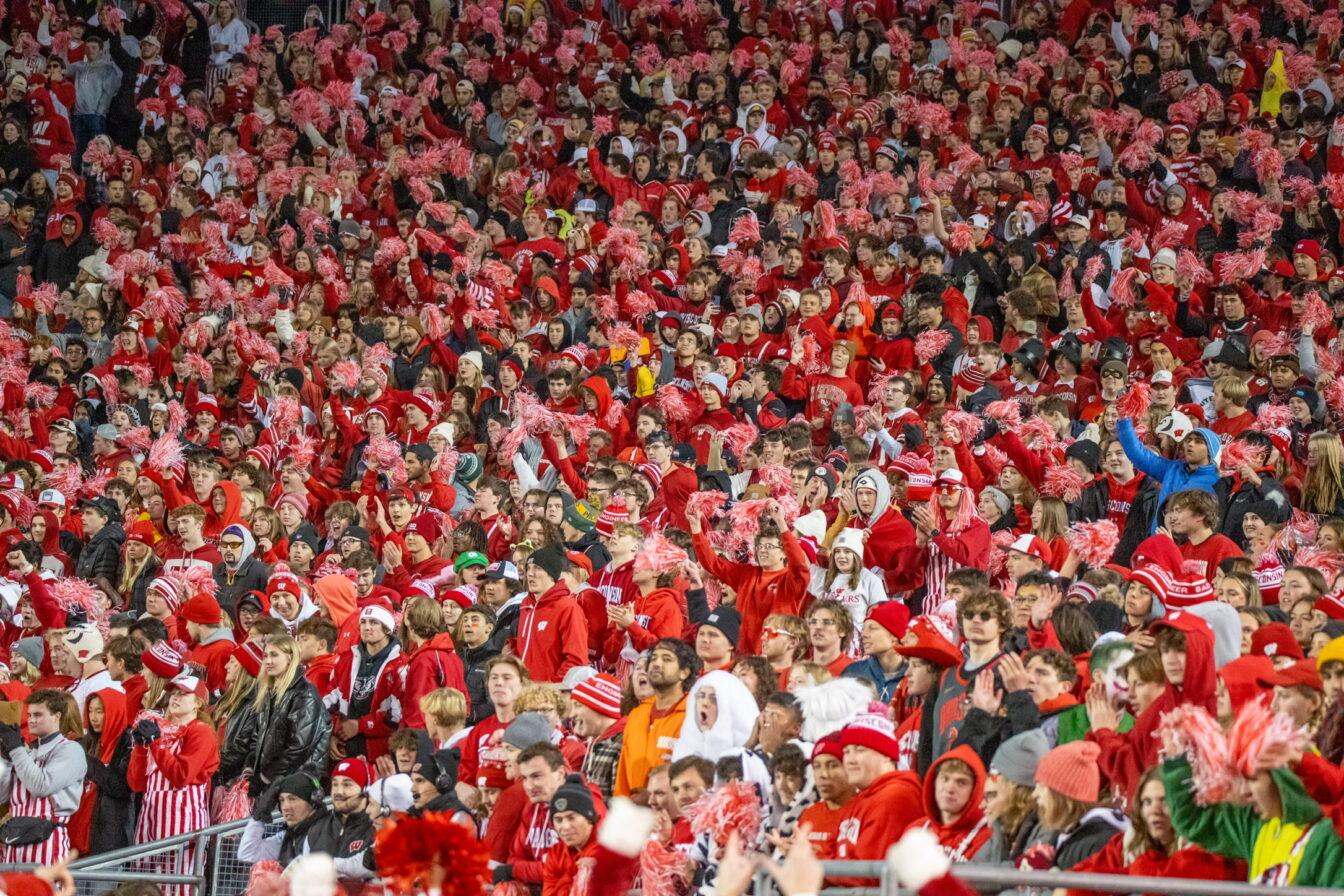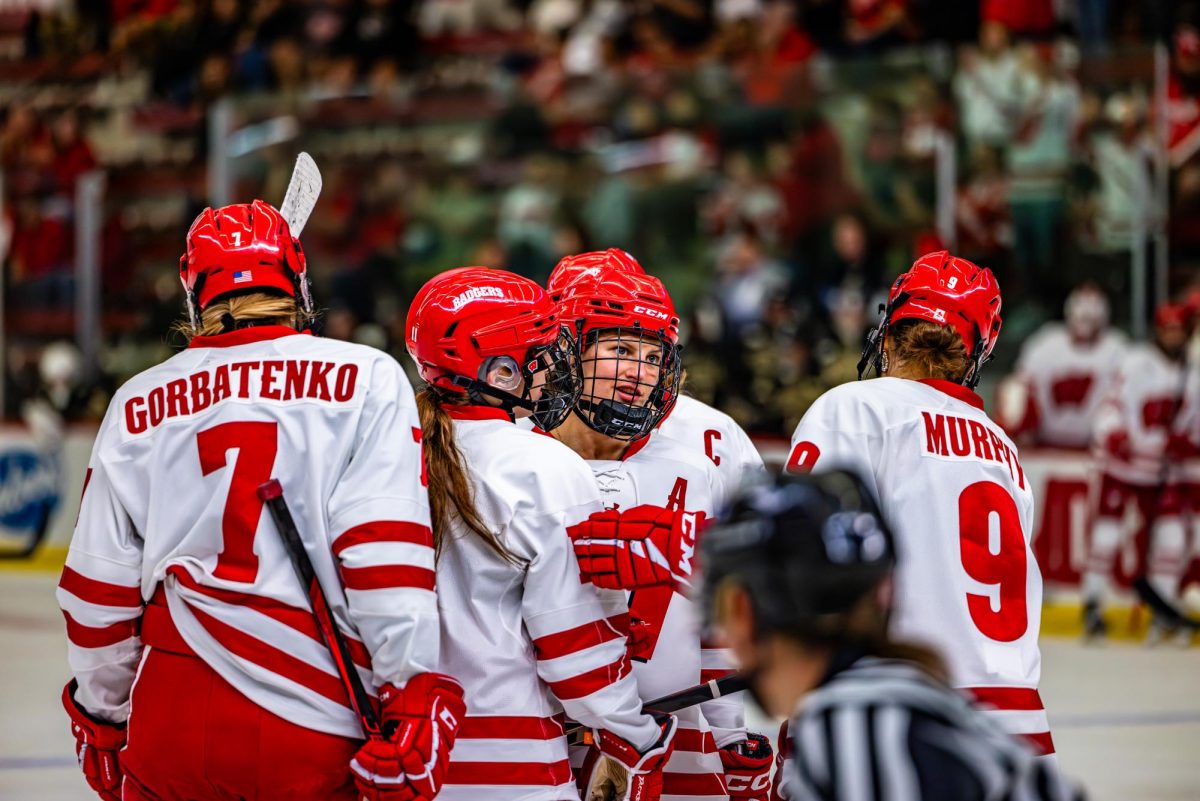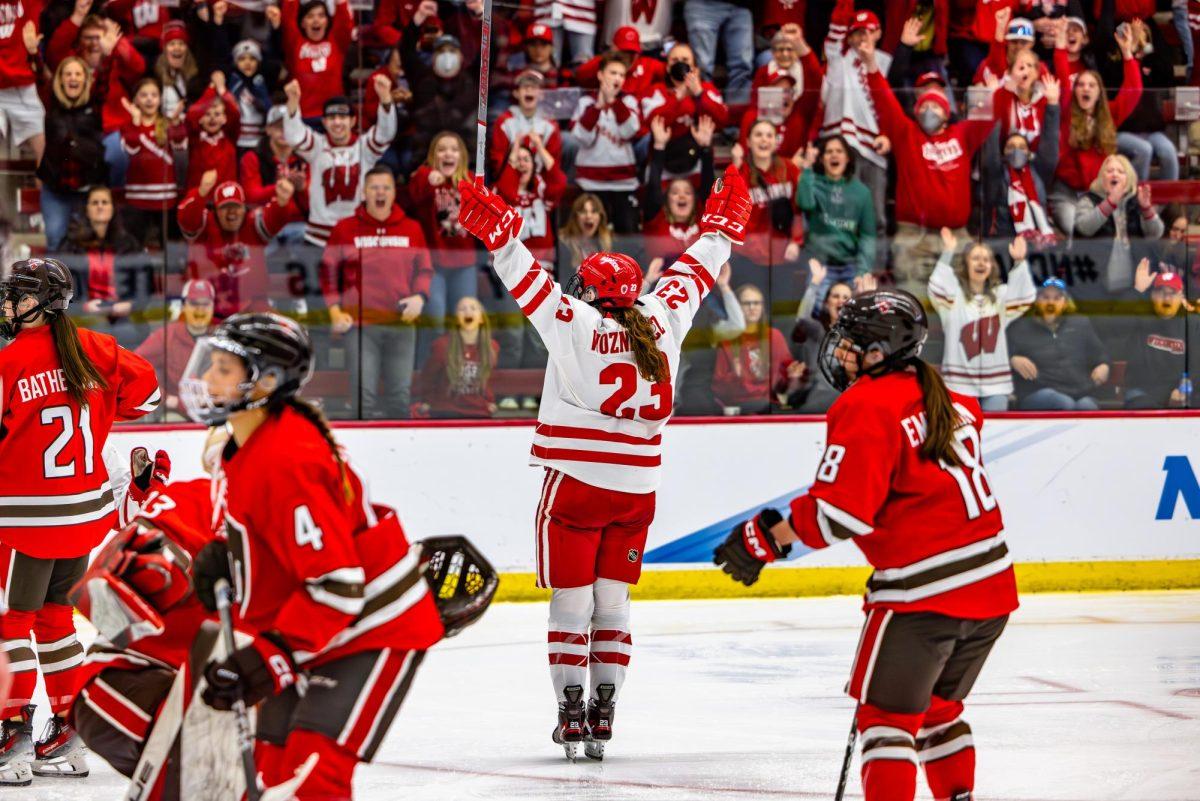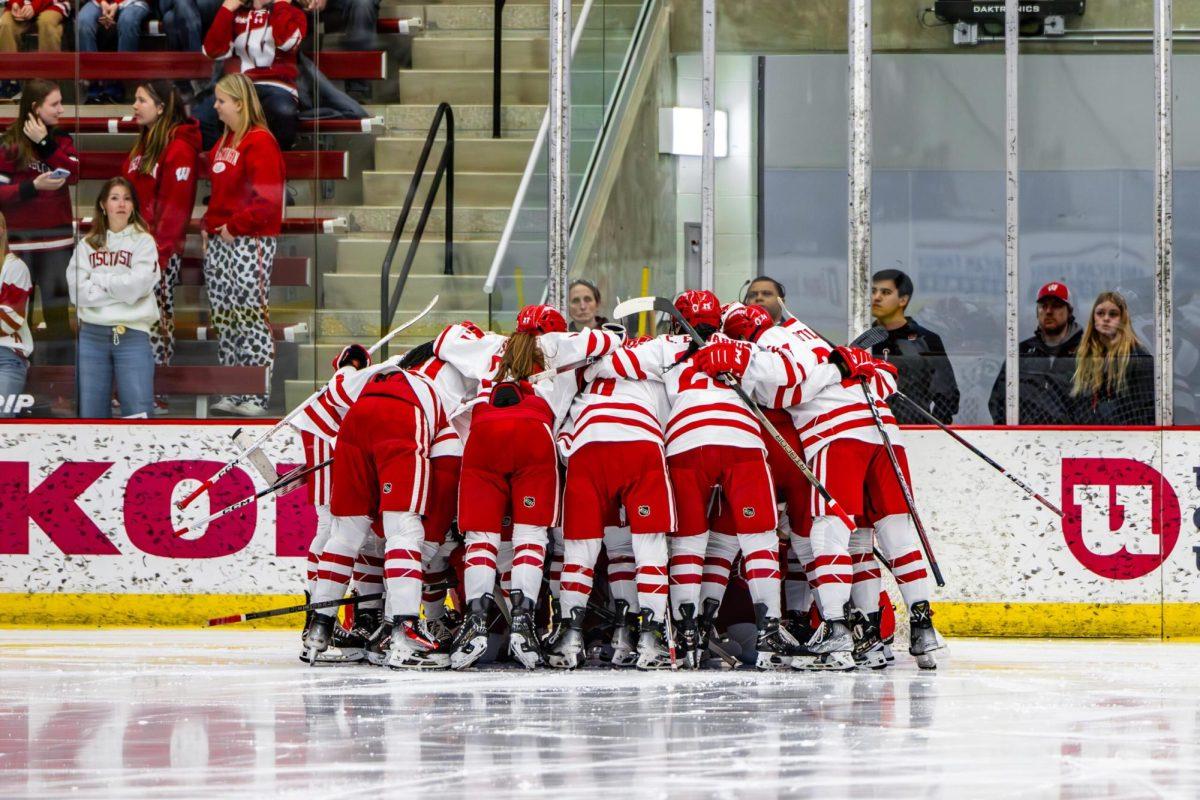The University of Wisconsin women’s hockey team is no stranger to success in the world of Division I Women’s Collegiate Ice Hockey. This year’s national title is yet another addition to the long list of accolades the team has garnered under the stewardship of head coach and UW legend Mark Johnson.
Yet the Badgers were remarkably unsuccessful in closing out their promising regular seasons in recent years.
In the seven seasons following their 2011 National Championship, the Badgers won the WCHA three times, reached the NCAA tournament six times and the NCAA Frozen Four Final twice. The Badgers were defeated in these title games by Clarkson and Minnesota in years past — the two teams they defeated in the semifinals and finals, respectively — on their way to capture the National Championship this season.
So the question remains — what was different this time around? Why were the Badgers able to close out this season with an NCAA title after so many similar seasons?
Women’s hockey: No. 1 Badgers capture National Championship after superb Frozen Four performance
In the early stages of the regular season, the Badgers played at a lower level than what they would ultimately amount to. In their first regular game of the season, they barely escaped their matchup against the Lindenwood Lions. They faced similarly tough tests against Mercyhurst, Minnesota-Duluth and Princeton, all teams that they cruised past in their late-season matchups.
The Badgers did not start the season out perfectly by any means, but their tough schedule and early challenges allowed them to grow into their game and identity and continue to improve throughout the season. As the games went on, the Badgers began to play better team hockey.
Teams like Ohio State and Minnesota provided strong challenges to the Badgers given their similar levels of talent. But the proof of improvement throughout the year came in the Badgers’ scoring margins against teams that they faced in multiple series.
In their third series of the year, the Badgers swept Minnesota-Duluth over two games in October by a total goal margin of 7–3. In February, they swept them by a margin of 9–1. In January, they swept the St. Cloud State series 8–1, while their second sweep of the Huskies in March saw the Badgers outscore them 13-0.
In fact, the only team that the Badgers beat by a greater margin in the first of their series was Bemidji State.
Seasonal improvement was the name of the game for the Badgers, and it was what allowed them to go on such a tear throughout the entirety of postseason play. In their last five games of the year, the Badgers allowed just three total goals while scoring 17. This comparison is astounding in its own right, but it is especially impressive considering the competition that the Badgers needed to defeat en route to their fifth NCAA title.
With a win over No. 9 Ohio State, two wins over No. 2 Minnesota and another win against No. 3 Clarkson, Wisconsin defeated two teams that had haunted them in the regular season and took down a highly-ranked, non-conference opponent. Not only did Wisconsin take these teams down, but they dominated them.
Whether it was sticking to their practice routine, improving the skills of new players or leaning on their senior leadership during the moments of paramount importance, the Badgers found something that allowed them to once again break through to the top of collegiate women’s hockey.
The team as a whole developed throughout the season to be able to consistently overcome the opponents that had given them their greatest challenges throughout the regular season. But the contributions of the Badgers’ star individuals cannot be dismissed.
It would be a crime to not mention the role that team captain Annie Pankowski undoubtedly played in the Badgers’ victories down the stretch. The team’s leader in points, Pankowski lead an offensive charge that propelled the Badgers into the finals.
In a most fitting manner, Pankowski scored the final goal of the season for the Badgers, providing them a 2–0 lead that they would hold on to until the buzzer sounded in the National Championship Game.
Pankowski has given everything to the program that she had to offer. Without a national championship title, her career at Wisconsin simply would not have been the same.
Women’s hockey: Why the women’s hockey team deserves more clout
“To leave this amazing program with a national championship is something that I’ll cherish forever,” Pankowski said in an interview with Wisconsin Athletics’ Andy Baggot.
The senior certainly deserves all the attention she has received, both for her impressive offensive output as well as her vital leadership role on the team. But perhaps the unsung hero of this year’s Badger team was junior goalie Kristen Campbell.
Campbell managed to capture the WCHA Goaltender of the year award and maintained an astounding .940 save percentage throughout the season. Most importantly, she performed when it mattered most down the stretch.
Campbell has a tendency to perform well in big games, but last year’s Frozen Four loss to Clarkson was an unusual blemish that knocked the Badgers out of title contention. Allowing four goals in a single game, Campbell looked to this year’s tournament as a shot at redemption — and redeem herself she did.
Even as the Badgers faced some of their toughest opponents of the season, Campbell managed to keep a clean sheet throughout the entirety of the NCAA tournament — three games in total.
This outstanding performance freed up the Wisconsin offense to do its thing and carry the team to an 11–0 scoring margin over its final three games. Without Campbell in net, the offensive production of the Badgers may not have been enough to break their eight-year championship drought.
Through continued improvement throughout the season compared to their top rivals, distinct senior leadership and a once in a lifetime performance from Campbell, the Wisconsin women’s hockey team was able to bring home the NCAA Championship trophy to Madison — where it belongs.




